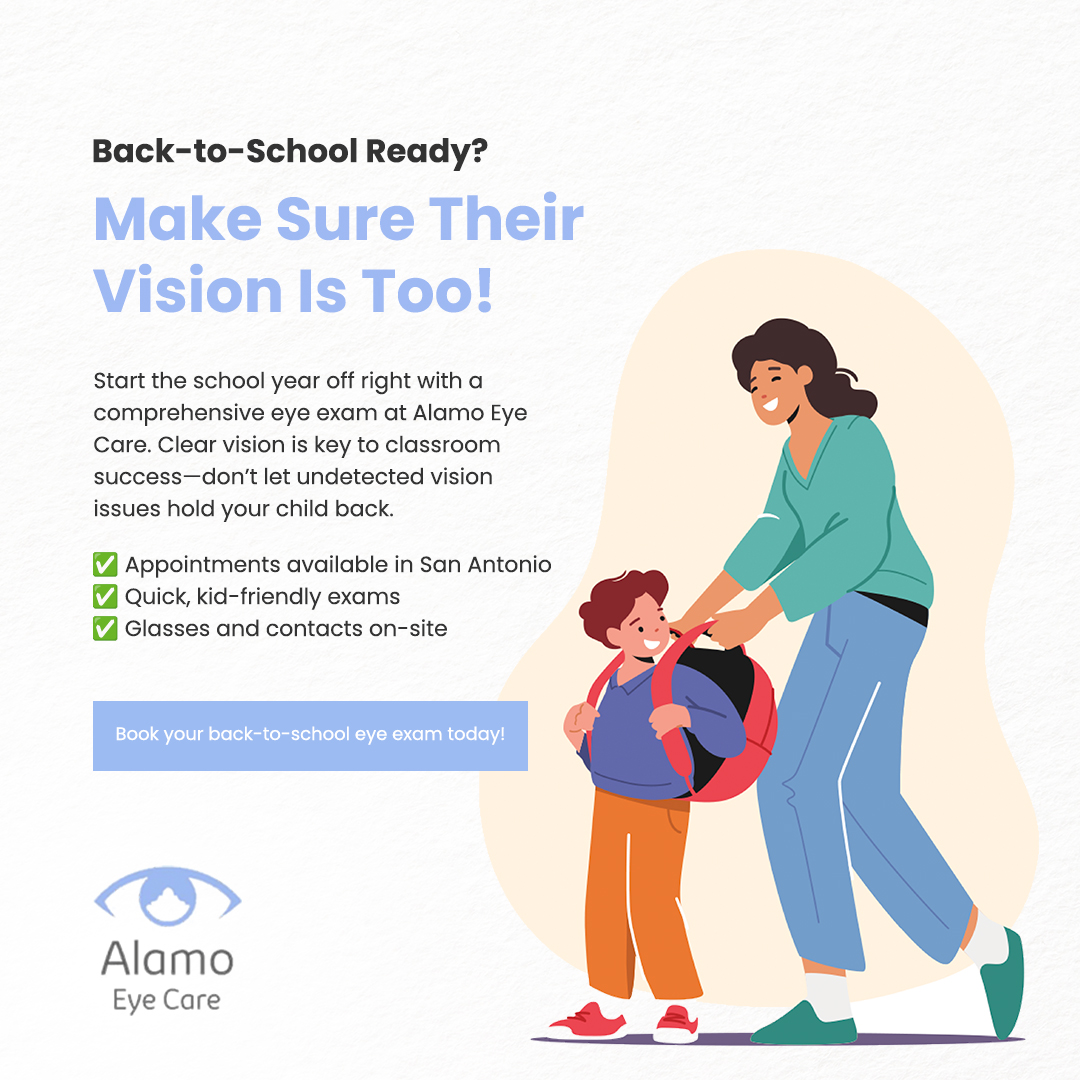What are scleral lenses?
Scleral lenses are large-diameter rigid gas permeable lenses. They can range from 14 mm to over 20 mm in diameter. They are called “scleral” lenses because they completely cover the cornea (the clear dome of tissue that covers the colored part of the eye) and extend onto the sclera (the white part of the eye that forms the outer wall of the eye). Scleral lenses are supported exclusively by the sclera, and completely vault the cornea.
Why are scleral lenses useful?
Large-diameter lenses are more comfortable for patients than small-diameter rigid lenses. This is because the cornea is one of the most highly sensitive tissues in the body. The conjunctiva (soft, clear tissue that lies over the sclera) is much less sensitive than the cornea. Scleral lenses rest primarily on the conjunctiva; therefore, they induce less sensation than smaller lenses that rest upon the cornea.
In some patients, corneal tissue is damaged or diseased. Scleral lenses trap a reservoir of fluid behind the lens. This fluid protects the cornea, and may even allow it to heal. Smaller rigid gas permeable lenses become decentered, and may even become dislodged. Since scleral lenses extend under the upper and lower lids, they rarely dislocate.
Who could potentially benefit from scleral lenses?
Patients with irregular corneas, patients with conditions that affect the tear film, and patients with refractive error (nearsightedness, farsightedness, or astigmatism) who are unable to wear other forms of correction could benefit from scleral lenses.
Conditions such as keratoconus and pellucid marginal corneal degeneration cause irregularity in the surface of the eye. Surgery (keratoplasty, refractive surgery) can also lead to corneal irregularity. If the cornea is not smooth, vision will not be easily correctable with spectacles or most soft contact lenses. Scleral lenses mask this irregularity and allow for clearer vision by providing a smooth front surface through which light can enter the eye.
Some patients have disorders that affect the quality or quantity of tears that help to keep the eye’s surface smooth and healthy. Dry eye syndrome, graft vs. host disease, Sjogren’s syndrome, Stevens Johnson syndrome, and neurotrophic keratopathy are examples of such conditions. Some inflammatory conditions, including limbal stem cell deficiency and ocular cicatricial pemphigoid, also cause serious damage to the front surface of the eye. Patients who cannot close their lids completely may also experience problems with the health of the surface of the eye. The fluid reservoir trapped beneath a scleral lens may improve comfort for these patients, and may allow the corneal surface to heal.
Patients who need visual correction, but are unable to wear other contact lenses, may find larger-diameter lenses more comfortable than other lens designs.
Are scleral lenses new?
Scleral lenses were actually the first contact lenses described in medical literature in the late 1800’s. However, due to manufacturing challenges and because of the lack of oxygen transmission through early lenses, scleral lenses did not become popular at that time. During the course of the next century, small diameter rigid gas permeable lenses and soft contact lenses became increasingly popular.
But small diameter rigid gas permeable lenses and hydrogel lenses couldn’t help to solve some of the problems caused by corneal irregularity and eye surface disease. In the 1980’s, scleral lenses made of rigid gas permeable materials began to be used in the treatment and management of conditions that could not be helped with other lens designs. “Breathable” materials minimize problems caused by lack of oxygen to the cornea, and better designs and manufacturing processes have made it easier to fit and prescribe scleral lenses.
If you have any questions about our services, please contact us today at (210) 403-9050.
References
Scleral Lens Society 2014. About Scleral Lenses. Retrieved from https://www.sclerallens.org/








